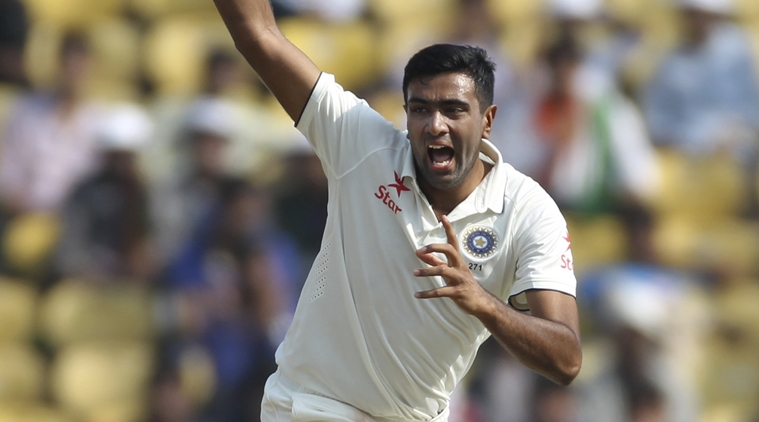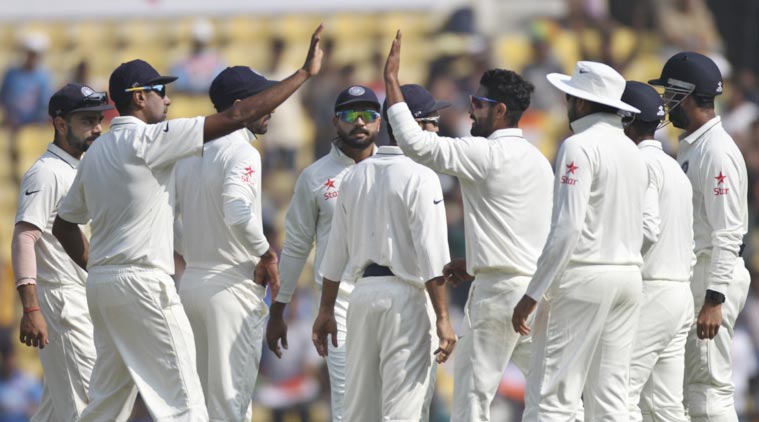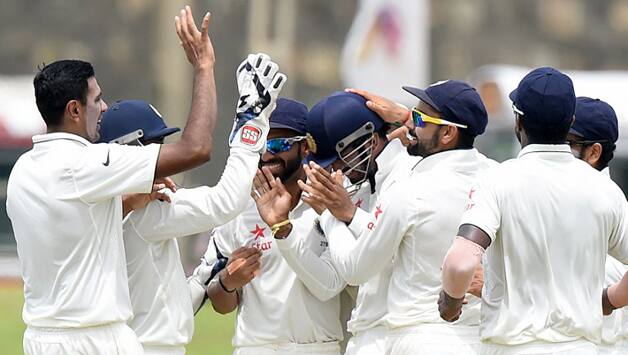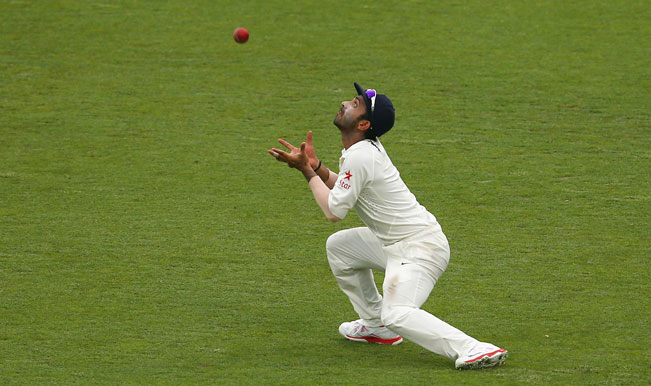Welcome to the second biggest single – sport event in the world! The ICC Cricket World Cup 2015. Four years ago, it was held in Indian subcontinent. This time around, it has crossed the Indian Ocean and has come to Australasia. Yes, this time, it is being held in Australia as well as in New Zealand. The World Cup was held here last time in 1992, the year that Imran Khan’s Pakistanis lifted the Cup. The World Cup has travelled a long journey, and hopefully the journey will be unending. The World Cup has started from today, with the New Zealand – Sri Lanka clash kicking it off.
So here is a look-back at the journey of the World Cup. Let’s see how the idea of the World Cup took fruit.
The Start of the World Cup
The man who dreamt of the World Cup was Kerry Packer, who was the owner of Australian TV Channel 9. He contracted well – known cricketers from around the world and paid them huge sums of money to play for his channel. He formed two teams – Australia and ‘Rest of the World’. Ian Chappell was the captain of the Australian team. Tony Grieg was the captain of the Rest of the World team. It consisted of famous players from England, South Africa, Pakistan and West Indies. It was called World Series Cricket (WSC). These players were banned from playing for their country. That is why; there was not a single Indian player on this team. Of course, that rule was relieved afterwards. Taking Packer’s idea a little forward, the International Cricket Council (ICC) decided to organize the World Cup in 1975. Most of the countries which played Test cricket regularly till 1975 participated in the First Prudential World Cup. It was held in England, which is where cricket started.
The First Prudential World Cup: 1975
The West Indies were one of the best teams at that time. Its squad consisted of the likes of Malcolm Marshall, Michael Holding in the bowling department and Clive Lloyd, Vivian Richards, Gordon Greenidge among others in the batting line – up. As a result, the West Indies won the First World Cup by 17 runs by defeating Australia in the final held on the 21st of June, 1975.
The Second Prudential World Cup: 1979
The second Prudential World Cup was held in the English subcontinent again. We can say that this is a carbon copy of the first World Cup with some minor changes. The name of the World Cup was the same, so was the venue. And so was the winner. West Indies was again the winner. The only changes were; instead of Australia, there was England in the final along with the West Indies. Another change was the exit of East Africa and the entry of Canada into the World Cup.
The Third Prudential World Cup: 1983
Things and fortunes were about to change for India.
It would have been a miracle if anyone had even thought of India winning the World Cup. Even though it had the likes of Sunil Gavaskar, Kapil Dev, Ravi Shastri, Roger Binny, and Sandeep Patil in their team, they were not so good a team in the fast paced ODI format. They were a decent Test unit. Cricket had come to India because of the British. Oh, and what they did in that British land! The World Cup was played in the English subcontinent for the third time. Zimbabwe had entered the World Cup this time. West Indies, once again, were the favorites to win the Cup and make it a hat – trick of World Cups for Clive Lloyd. But thing were about to change. And how!
The finals of the World Cup 1983
What a peculiarity! The strongest team in world cricket, the West Indies on one side and one of the weakest cricket teams at that time, India on the other side. But still India won. They won because of they were lion - hearted. The ability to put everything into a match is one of the reasons because of which India won the Cup.
Fourth Reliance World Cup: 1987
The World Cup shifted from subcontinent to subcontinent. This time it shifted from the English subcontinent to the Indian subcontinent. With the new venue, came the new winners. Australia won the Cup for the first time in 1987 by beating England in the final. One more significant change was that the duration of a match changed from 60 overs to 50 overs. India made it to the Super Six Stage of this World Cup.
Fifth Benson and Hedges World Cup: 1992
Imran Khan’s Pakistan won this Cup after losing their first two matches and then winning all their remaining matches continuously, right till the final. Pakistan defeated England in the final. This World Cup was held in the Australian subcontinent. India finished seventh in this World Cup.
Sixth Wills World Cup: 1996
The World Cup returned to the Indian subcontinent once again. Sri Lanka won this World Cup and a third Asian giant in World cricket after India and Pakistan emerged. India made it till the semifinal stage of this Cup.
Seventh World Cup: 1999 - An era of domination begins.
This Cup was held in the English subcontinent and in Holland (present day Netherlands). England was one of the favorites to win this Cup and Australia was just a possibility. England never made it to the final and Australia lifted the World Cup for the second time in 1999 by beating Pakistan in the final. India made it till the Super Six stage of this World Cup.
Eighth ICC World Cup: 2003
This World Cup was held in the African continent, mainly in South Africa, Zimbabwe and Kenya. Australia and India were at their peak, and were considered favorite. Incidentally, the final was played between the same two teams, with Australia making a landslide victory, to equate the record of two consecutive World Cup wins with the West Indies.
Ninth ICC World Cup: 2007
Australia continued their invincible run at the World Cup, by remaining unbeaten for two consecutive World Cups by beating Sri Lanka in the final. This World Cup was held in the Caribbean. India had a first round exit in this World Cup.
Tenth World Cup: 2011
Both the World Cups returned to India: the tournament and the trophy. India lifted the World Cup after 28 years after beating Sri Lanka in the final on the 2nd of April, 2011.
Now the World Cup has just started. I’m analyzing India, Australia, New Zealand and South Africa as the favorites to win the World Cup. I will be following the World Cup extensively. On 15th February, India will start its campaign against Pakistan, which is always a high – profile game because of the political tension between the two neighbors. So, India will have to give their best from the very start of their title defence.















